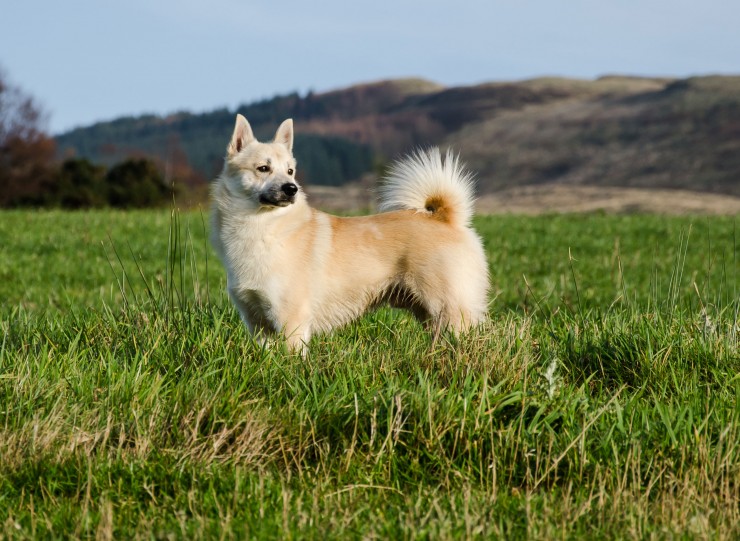
Parrots, and other Psittacine Birds, have been kept as pets for centuries; since the days of ancient Rome, Greece and other civilizations before them. The African Grey Parrot was the best known in Europe during those times, and was brought in by the merchant galleys. In India and China, which had older civilizations, the Alexandrine and other Asiatic Parrakeets were kept by the natives. Back in South America, the Incas and other Indian nations kept Macaws and the various species of Amazon Parrots.
The most recent and most beautifully colored Psittacine Birds known to man are the Parrakeets and Cockatoos of the Australian Continent, of which 59 species are known to science. Australian Birds were introduced in Europe only about 200 years ago. Some of these Parrakeets are now rare and in danger of extinction due to the encroachment of civilization.
The best method of preventing the extinction of birds would be to encourage aviculturists to breed and sell them. In their native habitat government protection should be given, with a specified number permitted to be trapped and sold to bird breeders and fanciers each year. Between this natural and artificial breeding, a species' continued existence would be assured. Another aid would be artificial insemination of birds, which has been practiced with success by scientists on small birds like the Canary and the Pigeon, as well as on Finches.
Before training a bird to talk, it is first necessary to tame it by winning its confidence, and getting your presence and that of others acceptable to the bird. The larger Psittacine Birds, Hill Mynahs, and the Crow Family, become very tame and attached to their owners, especially when obtained at a young age, 2 to 6 months.
Offering a tidbit from the hand (not candy or cake), or scratching their head for them gently, are winning suggestions. Various nuts, grated hard-boiled egg yolk, celery stalk, a small piece of fresh corn on cob, etc., make tempting offerings for the large Psittacines.
Treats with very strong appeal to Hill Mynahs, Magpies, Crows and English Starlings, which they will take from your fingers, are red colored fruits such as cherries, a piece of tomato, various berries, and they love a drink of milk from the bottle cap. Grapes are irresistible and some go for mealworms. Fruit cake is the only kind that should be offered, dipped in milk for an occasional treat.
Hunger, one of the strongest instincts, should not be overlooked as a good method to use in taming any animal.
Another way of taming a wild bird, is to place the cage right beside you while reading, writing or sewing. A nervous bird will eventually take your presence for granted. Birds kept alone, tame more readily than when in company of other birds. Some of the larger birds enjoy a little roughing up from their owner as they like attention. This doesn't mean teasing, which would make a bird vicious. They do enjoy having their head scratched and back stroked.
With the larger Psittacines, a towel or glove should be used at first in handling them till they get used to their master. They will eventually expect this attention from persons they know who are near them.
With a bit of time and perseverance, you will be able to tame your parrot and then to enjoy his company. Good luck!
 Different Medication Options For Dogs That Suffer From Seizures
Different Medicat
Different Medication Options For Dogs That Suffer From Seizures
Different Medicat
 How To Feed A Dog After A Bout Of The Runs
How To Feed A Dog
How To Feed A Dog After A Bout Of The Runs
How To Feed A Dog
 5 Common Houseplants And Flowers That Are Most Toxic To Cats
5 Common Housepla
5 Common Houseplants And Flowers That Are Most Toxic To Cats
5 Common Housepla
 The Lovely Norwegian Buhund
The Lovely Norweg
The Lovely Norwegian Buhund
The Lovely Norweg
 Underground Fence Training for Your Dog
Underground Fence Training for Your Dog
If a t
Underground Fence Training for Your Dog
Underground Fence Training for Your Dog
If a t
Copyright © 2005-2016 Pet Information All Rights Reserved
Contact us: www162date@outlook.com